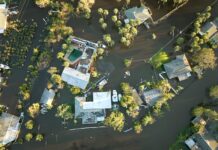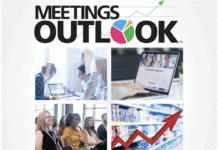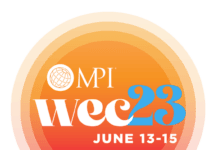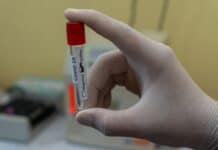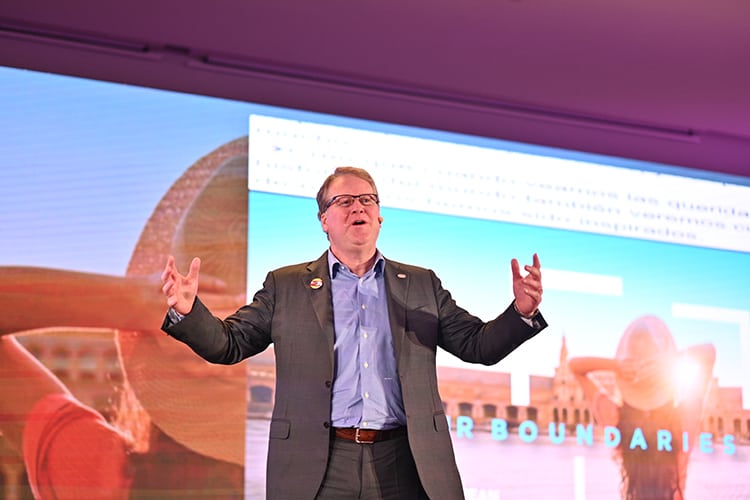 What will a post-COVID-19 meetings industry look like? We reached out to Paul Van Deventer, president and CEO, Meeting Professionals International.
What will a post-COVID-19 meetings industry look like? We reached out to Paul Van Deventer, president and CEO, Meeting Professionals International.
Andrea Doyle (AD): What will the MICE industry look like post-COVID-19?
Paul Van Deventer (PVD): Let’s view this a bit broader. First and foremost, we need to rely on medical professionals and government oversight to open the door for our return; essentially put our trust in the experts in the scientific community. Once they give us the green light to reopen for business, it will be critical for the live events industry to build consumer confidence by demonstrating our ability to provide safe and healthy environments in which to conduct business and create live experiences that will drive our recovery.
We experienced the domino effect as businesses and supporting services toppled daily when the impact revealed itself. Now imagine this in reverse.
Every element that would touch the development and implementation of an event, a trip, a product launch, destination visits, sporting events, dining, theme parks, air travel, hotel accommodations, etc. will be reimagined by those whose livelihood is interconnected with ensuring the threat is removed/minimized. The good news is our industry is already engaging.
Consider this, COVID-19 has changed every interaction; personally, and professionally. We can’t address a future of people gathering, networking and celebrating, if we haven’t figured out a normalcy pattern for our own personal well-being. Some of us have lost loved ones. All of us lost the rhythm of our previous daily life.
It will vary for each person, but we sense the need to have that element of family, friends and community reconciled so we all can transition to our work lives.
I know for our membership, the opportunity to meet again has resonated in our survey results and e-communications. Collectively, there is a desire to move to reintroducing the opportunity to travel, to meet, to celebrate, to reconnect.
(AD): What will the new normal look like?
(PVD): Again broadly-speaking, much like 9/11, we sense there, initially, will be some trepidation towards meeting and traveling. And like 9/11, our industry will lead the way in meeting and supporting the return of experiences; domestically in the United States as well as internationally.
For all of us, there will be an element of professional guarantee, the underlying Duty of Care that is core to our responsibility as planners, to ensure that we are doing everything possible to insure no viral recurrence. Either implied or certified.
In addition, there will also be an element of personal attendee accountability in daily lives regarding wellness, sanitizing and overall personal health practices.
(AD): When do you predict all meetings and conventions will come back?
(PVD): We believe there is a genuine desire to reconnect across all sectors; human beings are social creatures by nature and there is a growing pent up need to reconnect in person. Presently, we remain optimistic that business events will begin to reconvene during the second half of 2020. But, realistically, it will likely be a long road to establishing a “new norm” for live events.
From a personal perspective, we’ve experienced the same COVID-19 angst like other highly attended conferences. To that end, we are planning on postponing our annual World Education Congress in Grapevine, Texas, previously scheduled for June 6-9. Our hope is to be among the first industry events post-lockdown, allowing our community to gather together and reunite for recovery.
(AD): Will the physical attributes of a meeting change? How?
(PVD): The power of meeting face to face has never been more evident than while we were in lockdown. A blessing of this global quarantine is that we have gotten a glimpse in to a world without live events and the world has recognized the critical and valuable role face to face events play in society; a role in driving innovation, creativity, personal and professional growth, and very importantly economic development.
We have also learned through our countless video calls, that while we were able to “talk” and convey messages, those interactions lacked the “magic sauce” of human connection. Virtual lacks the theater and the emotion that moves a comment to a memorable quote, and an interaction to an experience. It can be a valuable tool, but not instead of face to face. Going forward, we see virtual as enhancing and complementing live events and our ability to communicate, while expanding the reach of live events, enabling a broader audience to join the experience.
And no doubt, operationally, there will be new safety and wellness guidelines, as well as a period of distancing for attendees as we find a new comfort zone for social interaction.
(AD): Will there be more space allocated between seats?
(PVD): We sense that will vary by event, by design, by individual attendee preference, by geographic location and by overarching government authority. The timing, duration and proximity of all interactions will be reviewed. Some may pose a greater risk than others. Our hope is that the ability to create a “safe” experience doesn’t preclude the ability to connect as a community.
(AD): Will buffets be a thing of the past?
(PVD): Again, we sense that will vary by event. Budgets will not increase dramatically because of a desire to offer sit-down service. One indelible truth we know is that our industry is resilient, creative and innovative. Catering teams will test and re-test different ways to serve menus in multiple ways. The desire for a quality dining experience is not solely based on one version of delivery. Food service professionals are as much in tune with back of the house food protocols as they are to quality and presentation.
(AD): Will disinfecting of meeting rooms and conference centers increase?
(PVD): Event planners and facilitators always held the duty of care of attendees – their safety and wellness – as a priority. My belief is that priority will continue to be amplified in all aspects of events, especially ensuring that actual meeting and event space is secure and safe.



